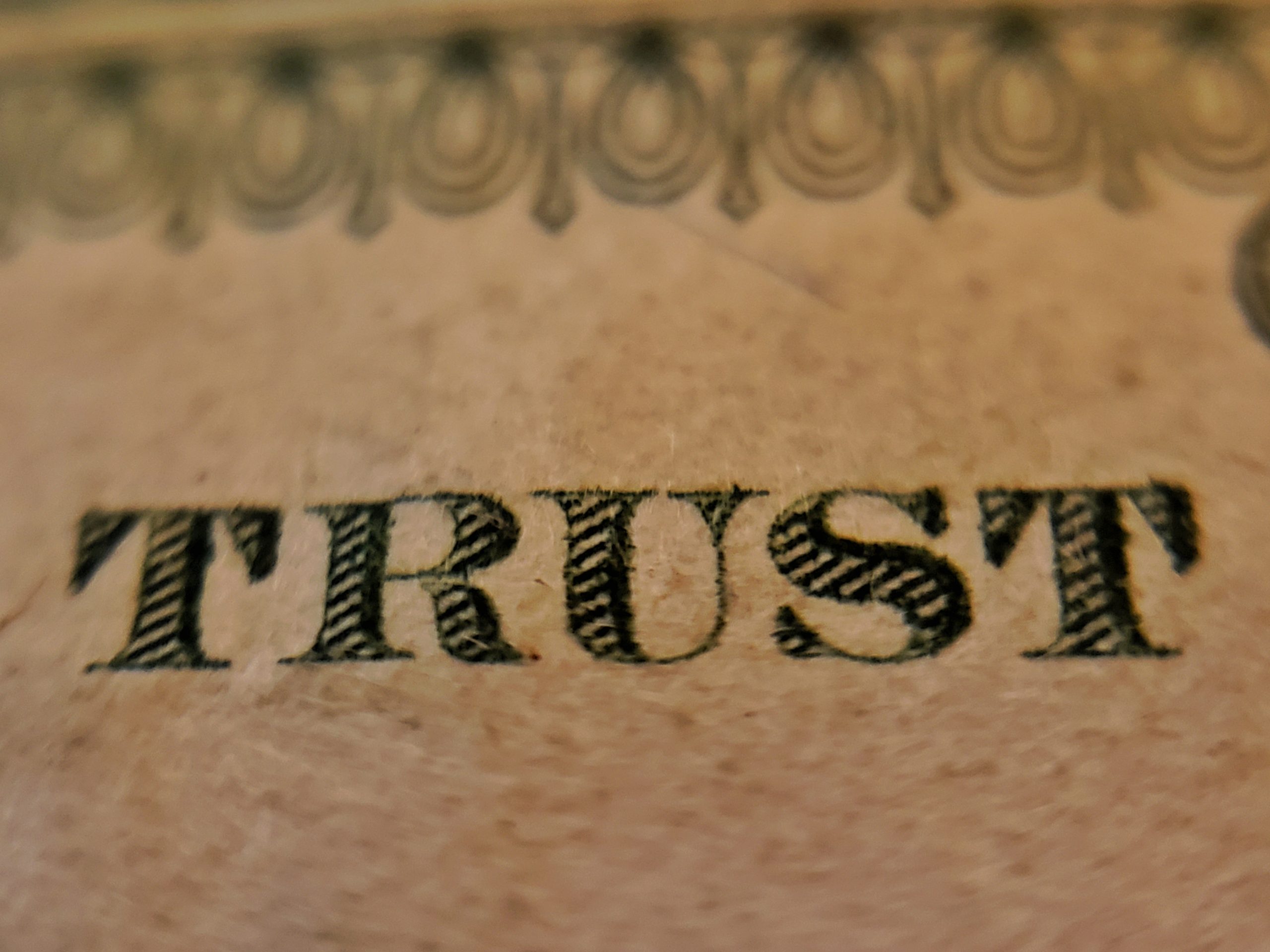 If my mom asked me, “What’s Scrum?,” what would I tell her? Here’s my answer.
If my mom asked me, “What’s Scrum?,” what would I tell her? Here’s my answer.
Scrum is a way to take great ideas, turn them into a great product, and end up with happy people. Imagine a group of people doing something cool together, maybe inventing new tech product, or something else innovative that no one’s ever done before. Imagine that they tell each other they want a great result–why wouldn’t they want the best result?–and that they agree on a way of working together that helps make it happen.
It would probably be a good idea to agree on a vision of their goal, and to make a to-do list that will get them there. Maybe they’ll prioritize their to-do list, so they work on the most important things first. What if they put their to-do list somewhere where they could all see it, all the time? And just to give it a name, they call it their Product Backlog, and they call the things on the to-do list Product Backlog Items.
What if they got together and agreed on what to work on, as a team, for a week or two? What if they put together a credible plan for getting the most important backlog items done on time? What if they committed to each other that they would work together and get it done on time? What if they put their plan on a wall in their office so they could all see their progress, all the time? (They call the one or two weeks a Sprint, and that meeting is the Sprint Planning Meeting. The list of things they commit to getting done is the Sprint Backlog. They use the word Sprint on purpose–they’re trying to go as fast as they can.)
Now imagine that they check in with each other every day. They tell each other what they got done yesterday, what they’ll get done today, and what’s in their way–what’s preventing them from meeting their Sprint goal. They notice when someone needs help, and they offer it. They coordinate with each other as a team and plan their day. They call this meeting the Daily Scrum. Lots of great teams do this–you’ll see doctors, nurses, and other staff do meetings like this in hospital emergency rooms when the shift changes; you’ll see building cleaners meet at the beginning of their shift and plan their day. It’s the normal way good teams get stuff done.
What if they agreed on what “done” means, and show each other what they got done at the end of the one or two week Sprint, sort of as a way to make sure they’re being honest with each other and their boss? What if they discussed what went well and what didn’t go so well? What if they adjusted their to-do list based on their actual result? What if they tried to figure out how to improve, how to get more stuff done in the next one or two week Sprint, and committed to the improvement plan? They call these things their Definition of Done, their Sprint Review meeting, and their Sprint Retrospective. The new improved product, including the sprint’s-worth of stuff they just got done, is their product Increment.
And then they do it again. They probably learned something new about their capabilities and what their customers want, and they adjust their Product to match. They hold another Sprint Planning Meeting and start a new Sprint. They repeat this every two weeks, or whatever they agree is the length of their Sprint. They repeatedly build something great, and they deliver it to their boss or customer on time, every time, in small increments. It helps them get feedback from their boss or customer so they can adapt and give him what he wants and make him happy every Sprint.
That’s Scrum. People who do it, and do it well, get great results. I do it with the people I work with. It works.
How would you describe Scrum to someone who has never heard of it?
Jargon source: Scrum Guide 2011





